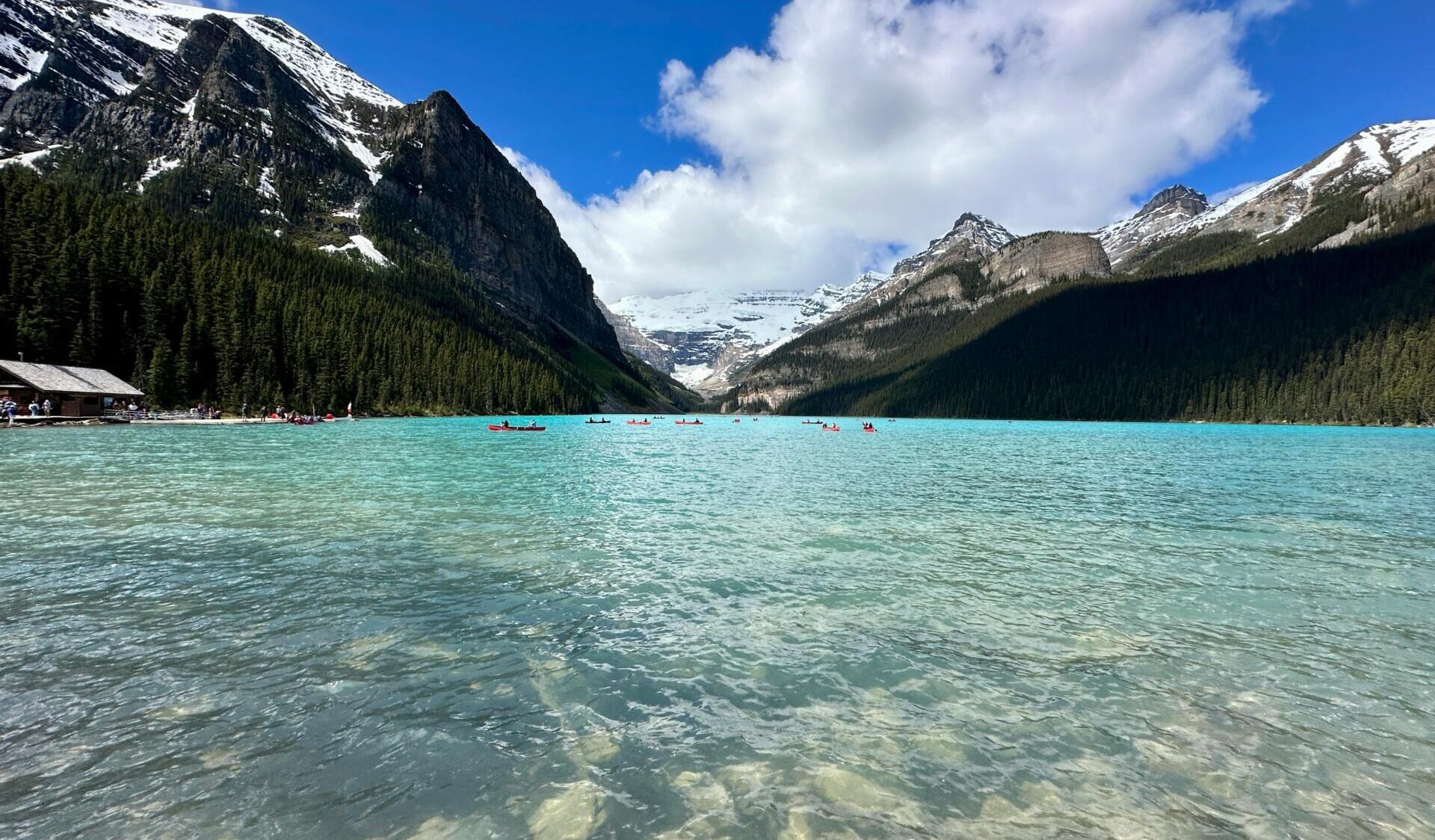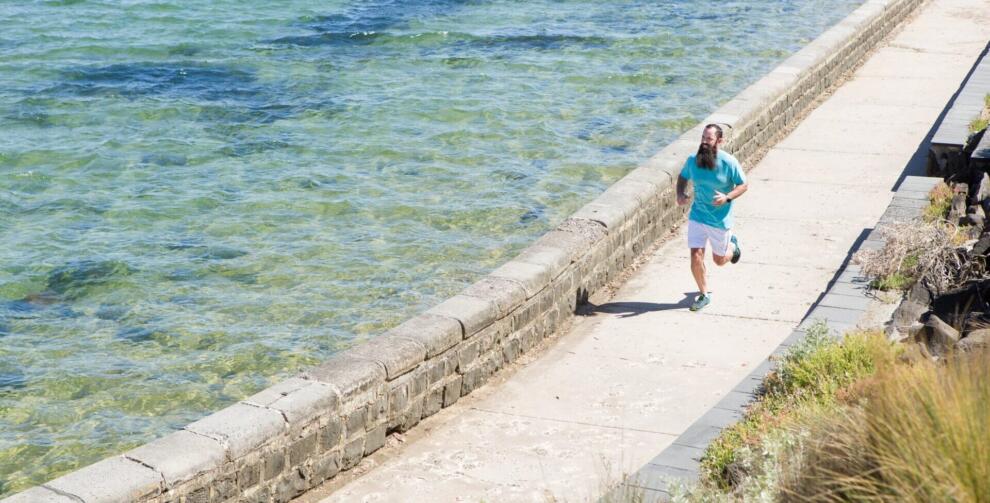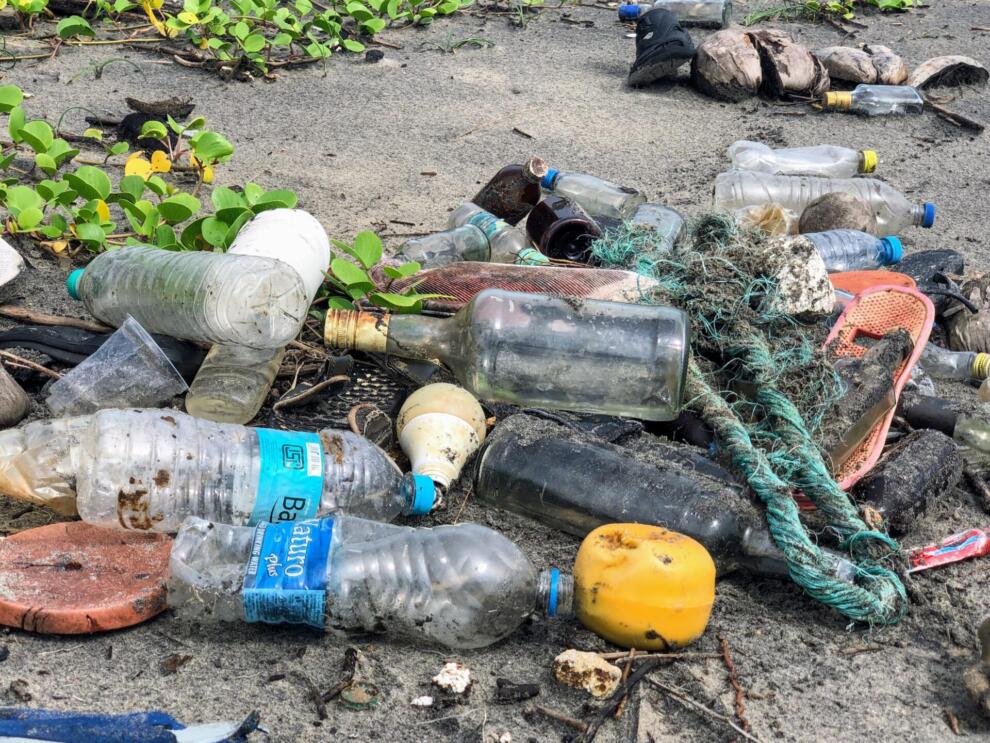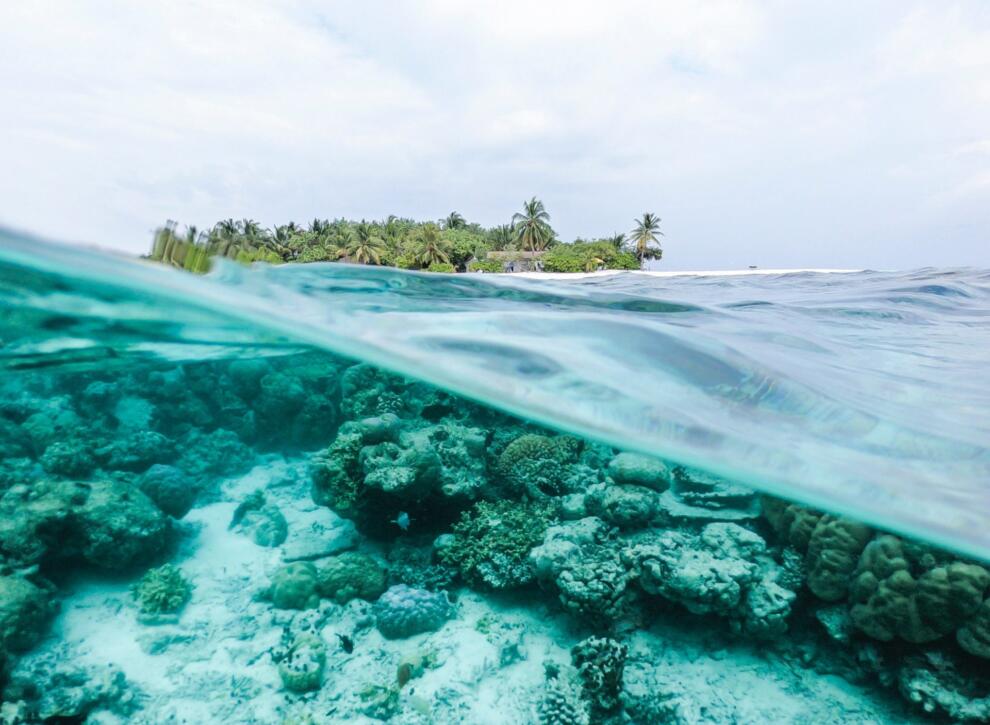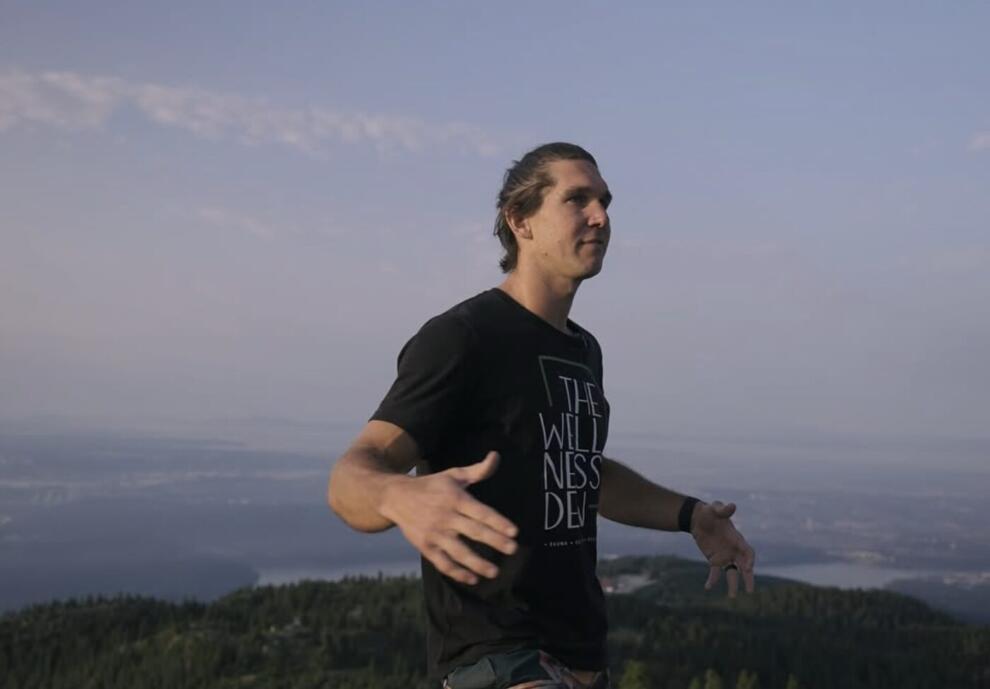Jack Shaw on the Future of Freshwater, Community, and Conscious Design
Some founders begin with a business plan; others begin with a place. For Laykhaus co-founder Jack Shaw, the spark came from the quiet pull of lakes and coastlines, calm, expansive spaces where design, memory, and social responsibility meet. What started as personal rituals and time spent beside British Columbia’s waters has grown into a lifestyle brand built on stewardship, circularity, and the belief that even the smallest daily choices can protect the ecosystems we depend on. In this conversation, Jack reflects on how Laykhaus weaves purpose into product, the lessons learned from partners on the front lines of conservation, and why hope lives in both the hands-on work and the global movement to restore our waters. Jack’s work is proof that a small, emerging brand can make an impact.
Lakes clearly play a central role in your work. Can you tell us about a personal memory or experience by a lake that inspired Laykhaus?
For Lucy and I, there’s this incredible energy around lakes, it just resonates with us. We’ve always been drawn to them, whether we were traveling through France or Norway, or hiking here in Canada. It became this running joke that “one day we’ll live on the water in our own lakehouse.” The brand name kind of wrote itself.
The real turning point came during the pandemic lockdowns. We were craving fresh air and an escape, and our go-to spot became Rice Lake in North Vancouver, British Columbia. It was our nature fix. It was in that quiet space, when everything else had slowed down, that the core direction for our business clicked: we could blend our love of design with our deep commitment to the environment. It was ultimately at Rice Lake that we figured out how we would create environments with the environment in mind.

How do local communities depend on lakes in ways that might not be obvious to most people?
Lakes can be the economic, cultural, and spiritual cornerstones of communities. On the surface, the dependency is obvious: tourism, drinking water, and recreation. But on a deeper level, the identity of these communities is intrinsically tied to the water’s health.
I think about our partners like Sonora Resort or Butchart Gardens—these organizations are world-renowned for their pristine natural surroundings on the water. Their economy, the jobs they create, and the unique memories they sell to guests from around the world are completely intertwined with healthy marine ecosystems. When we collaborate with them, we’re not just selling a scented product; we’re creating an emotional souvenir that reinforces the value of preserving these places for all future generations. The true value of nature isn’t just aesthetic; it is often an essential, foundational asset for long-term cultural and economic survival.
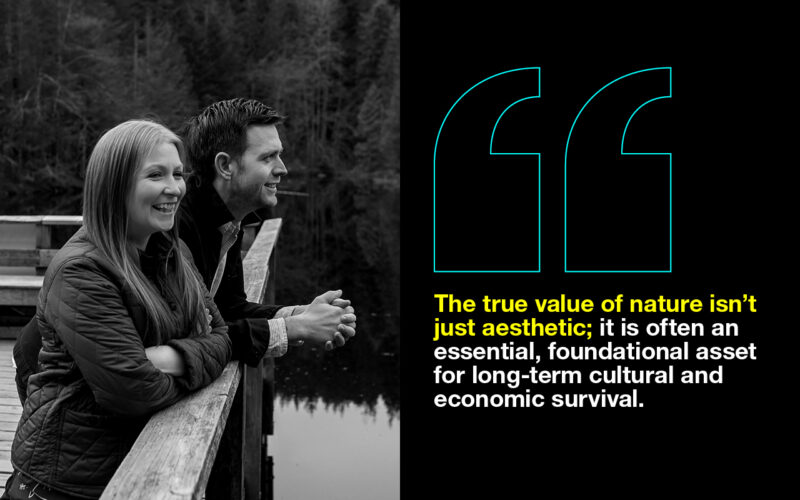
You donate 5% of every sale to marine conservation. Can you share a story about the kinds of projects this has supported so far?
Even a small business like Laykhaus has a voice in global conservation when we align with purpose-driven partners. Our work with SeaLegacy to help form The Good Ocean Collective was such a meaningful project and this collaboration was centered around a shared responsibility to protect our important ocean ecosystems. Founded by world-renowned conservation photographers Paul Nicklen and Cristina Mittermeier, who both call British Columbia home, SeaLegacy is a global network of storytellers who use their art to fuel action.
By being part of this movement, we contributed towards impact grants for experts and innovators leading on-the-ground projects in Mexico, Panama, The Bahamas and Mozambique, conserving our oceans and building a more equitable planet through their supporter network, The Tide. We shared best practices on developing circular products and new technologies with the goal of systemic change.

On the local side, we also love hands-on work. A great example was our Vancouver Island Shoreline Cleanup at Gordon’s Beach in Sooke. From a distance, the beach looked pristine, but once we started combing through the rocks and shoreline, we were shocked by the amount of small plastic and fishing waste that was hidden. Teaming up with 16 volunteers, we physically removed 5 bags of debris. It was a great way of activating like-minded individuals in our community. So whether it’s funding a scientist or getting our hands dirty on the beach, we want to do as much as we can to be part of the solution.
Why do you believe small, everyday rituals—like lighting a candle—can play a role in protecting something as large as a watershed or ocean?
I think of the moments we bring into our lives like streams leading to a river. Individually, they seem insignificant, but the sum of our choices can create a vast impact.
The act of lighting a Laykhaus candle is a small intentional act of slowing down and being present. Our hope is that this simple ritual helps to spur a chain reaction about how the products we bring into our lives really do make a difference. Small acts of intentionality, consistently practiced, are what create meaningful change. Our goal is to make sure our community knows where we are supporting and providing that impact.

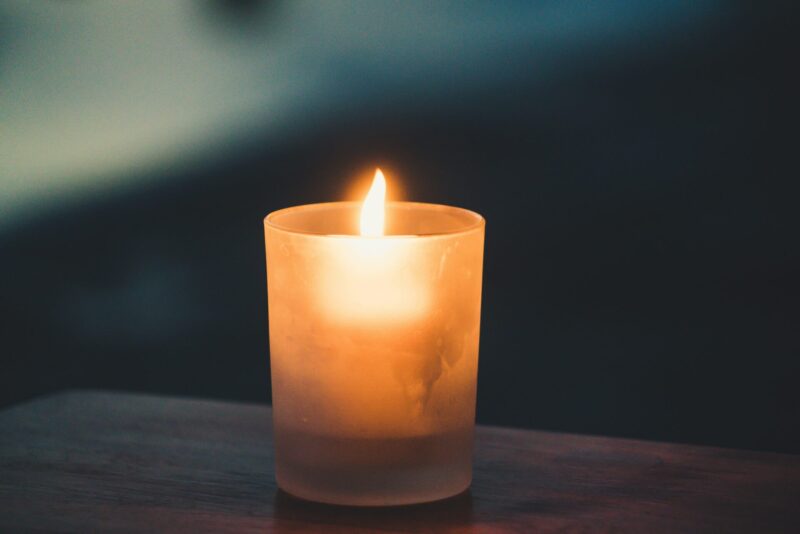
I think of the moments we bring into our lives like streams leading to a river. Individually, they seem insignificant, but the sum of our choices can create a vast impact.
What do you wish more people understood about the threats facing lakes and oceans?
I wish more people recognized the sheer responsibility Canada holds. We have roughly one-fifth of the world’s fresh water supply and the longest coastline globally. A biodiversity crisis is on our doorstep, and the obligation to protect these resources is global.
The reality is that Indigenous communities across the country are on the front lines of a changing climate. Indigenous Guardians are protecting and monitoring lakes, rivers and freshwater systems that are vital carbon sinks across the Boreal region and the Boreal Forest is, in effect, our Amazon.
If someone reading this wanted to take one simple action to support lake or ocean health, what would you suggest?
My advice is to become educated and engaged with the organizations doing the vital work. You don’t have to start your own charity; you just have to know where your energy and money can have the greatest impact.
HOW YOU CAN CREATE IMPACT:

5 MINUTES: Follow the Stories: Check out organizations like SeaLegacy to see the urgency and beauty of the ocean conservation narrative.

5 DOLLARS: Support Education: Look at groups like Coastal First Nations to understand the complex ecological systems in place here in Canada and the role Indigenous communities hold.

5 DAYS: Invest for Impact: For a truly transformative action, look at initiatives like The Great Bear Carbon Project, which connects forest protection and Indigenous-led conservation with climate action.
Find a group whose mission hyper-aligns with your personal values, and support them authentically.
